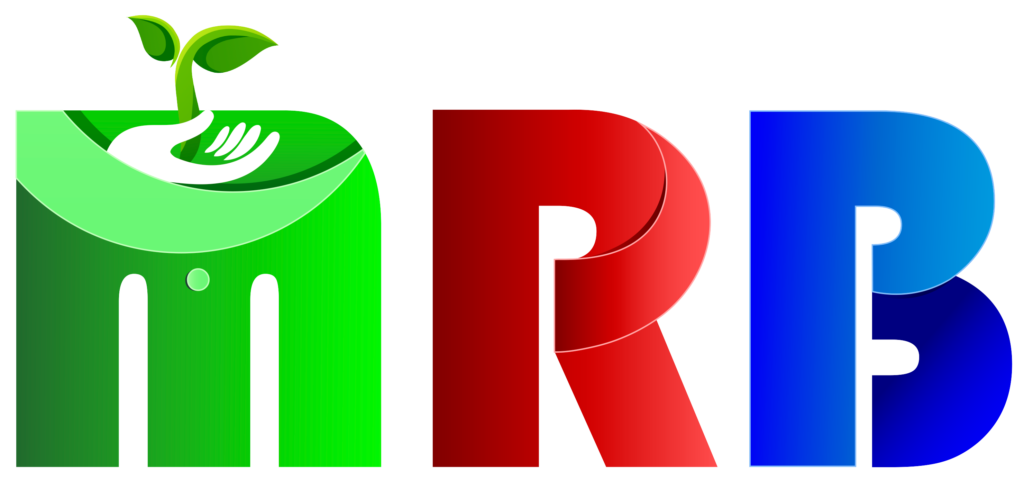Dry Brushing
Dry brushing can be an easy, effective treatment to reduce swelling. It improves circulation and lymphatic flow while also feeling nice and exfoliating the skin. Look for a long handled brush with natural bristles. You want to avoid artificial bristles as they can scratch the skin.
To dry brush, you’re going to use the brush dry, on dry skin. The goal is to stimulate, not irritate. If your skin turns red or begins to hurt, back off for a day or two. You want to hold the brush flat against the body so there is as much contact with the skin as possible, and brush down for about 7 strokes per side.

Benefits of Dry Brushing for Fat Disorders
Stimulates Lymphatic Flow:
The lymphatic system plays a crucial role in removing toxins and excess fluid from body tissues. Since fat disorders often involve lymphatic dysfunction and fluid retention, dry brushing can help stimulate lymphatic flow, aiding in the reduction of swelling and improving the removal of waste products from the body.Reduces Swelling and Inflammation:
By promoting lymphatic drainage, dry brushing can help reduce localized swelling and the sensation of heaviness in areas affected by fat disorders. This can result in some relief from pain and discomfort.Improves Blood Circulation:
The gentle brushing motion enhances blood flow to the skin, which can improve skin health, oxygenation, and the delivery of nutrients to tissues. This is particularly helpful in areas prone to lipomas or fibrotic tissue buildup in fat disorders.Exfoliates the Skin:
Dry brushing removes dead skin cells, unclogs pores, and stimulates new skin cell production, leaving the skin feeling smoother. For those with fat disorders, this exfoliation can also prevent skin problems like dryness, irritation, or infections.Supports Relaxation:
The rhythmic, gentle brushing action can provide a soothing, calming effect, reducing stress and promoting a sense of well-being. Given that stress can worsen symptoms of fat disorders, incorporating dry brushing into a self-care routine can have indirect benefits.
How to Perform Dry Brushing
To maximize the benefits of dry brushing, it’s essential to use the correct technique. Here’s a step-by-step guide:
Choose the Right Brush:
- Use a natural-bristle brush with a long handle to reach all areas of your body.
- Opt for a brush with soft to medium bristles to avoid skin irritation, especially if you have sensitive skin.
When to Dry Brush:
- Dry brush before taking a shower or bath. It is typically done on dry skin to enhance exfoliation and lymphatic stimulation.
Brushing Technique:
- Start at the Feet: Begin brushing at your feet and work your way upward toward the heart. Use long, sweeping strokes and brush each area 5-10 times.
- Always Brush Toward the Heart: The lymphatic system drains toward the heart, so brushing in this direction helps stimulate lymphatic flow.
- Gentle Pressure: Apply gentle, light pressure, especially over areas with lipomas or tender skin. Avoid brushing over inflamed, broken, or irritated skin.
Areas to Focus On:
- Legs and Arms: Use long strokes, moving upward toward the lymph nodes in the groin and armpits.
- Abdomen: Use circular, clockwise motions on the stomach area.
- Back and Torso: Use the long handle of the brush to reach your back, brushing upwards.
Shower and Moisturize:
- After dry brushing, take a shower to wash away exfoliated skin cells.
- Apply a moisturizer or natural oil (such as coconut or jojoba oil) to keep the skin hydrated.
Frequency:
- Dry brushing can be done 2-3 times per week. Listen to your body and adjust the frequency based on skin sensitivity.
Tips for Effective Dry Brushing
- Consistency: Incorporate dry brushing into your routine regularly for the best results, but avoid over-brushing to prevent skin irritation.
- Brush Care: Clean your brush every few weeks using mild soap and water, and let it dry completely before the next use.
- Stay Hydrated: Drink plenty of water to help your body flush out toxins and support lymphatic function.

